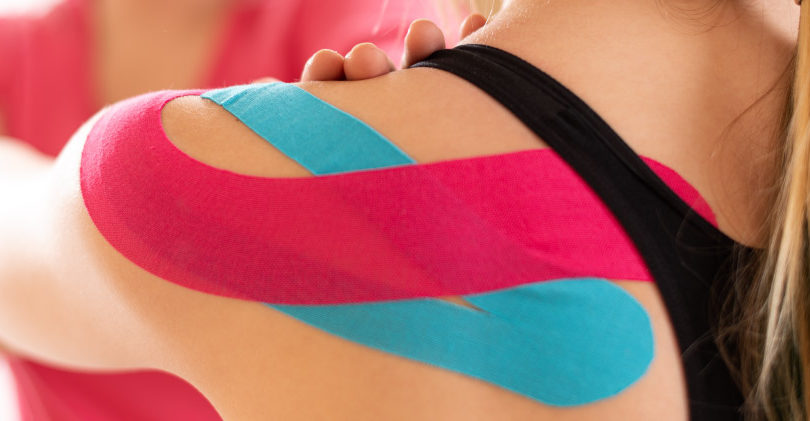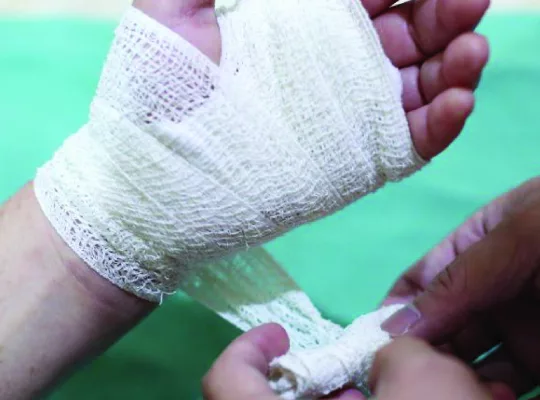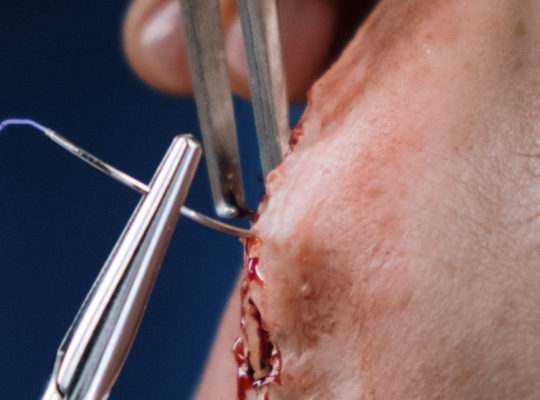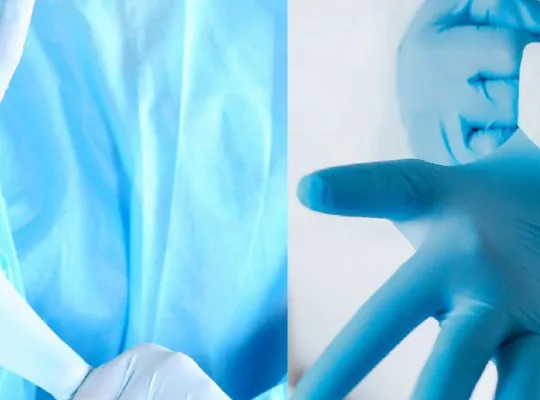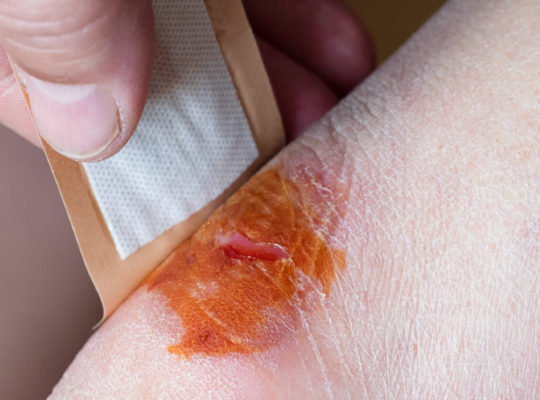When it comes to sports injuries and prevention, many athletes face a common dilemma: athletic tape or pre-wrap? Both products offer benefits, but choosing the right one can be tricky. Athletes often wonder which option provides better support, comfort, and flexibility during training or competition
One key fact to note is that athletic tape offers firm support, often used for stabilizing joints, while pre-wrap serves as a protective layer between the skin and tape to prevent irritation.
With both products serving different purposes, making the right decision depends on your specific needs. In this article, we’ll explore the strengths and weaknesses of each, helping you decide which one is best suited for your athletic routine.
What’s the Difference?
Pre-wrap is a thin, foam-based dressing designed to stick to itself without an adhesive. Pre-wrap is soft and porous, so it is comfortable to wear even in the heat. Athletic tape’s material varies depending on the brand. But they all have a focus on high tensile strength while still being easy to tear. Athletic tape limits motion to help prevent injury or reduce the chance of injuries progressing. As the name suggests, pre-wrap is put on before an adhesive wrap. Pre-wrap prevents irritation from the strong adhesives on athletic tape, especially with removal. Adding pre-wrap gives an athlete all the benefits from wrapping an injury without any of the drawbacks.
Is Pre-wrap Necessary?
Pre-wrap is not necessary, but it is usually a good idea. If your skin doesn’t get irritated easily, then you may not need pre-wrap for occasional athletic tape usage. If you wear athletic tape on a regular basis, then pre-wrap is a great idea. Not only will pre-wrap help protect your skin, but it will also keep the wrapped part of your body cool.
Athletic tape can limit circulation if applied too tightly and will trap sweat and heat on the skin. Pre-wrap will provide a cushion, so a tight wrap won’t cut off circulation and lets the wrapped skin breathe. Pre-wrap is like bubble-wrap. It isn’t always necessary but will always provide some benefit.
Other Uses for Pre-wrap and Athletic Tape
Since it has no adhesive, pre-wrap is not able to replace athletic tape, but it has its own benefits. You can fashion pre-wrap into a headband, keep shoelaces covered, and help secure clothing like socks or shin guards without using an adhesive. Both Pre-wrap and Tape can be used to prevent blisters and secure things like cold packs or bandages.
When to Use Athletic Tape and Pre-wrap
As previously stated, athletic tape is an adhesive strip with a high tensile strength. The main purposes of athletic tape are to help support injured joints and to help keep dressings and bandages on wounds. The high tensile strength of athletic tape lets you wrap an injured joint without fully restricting movement. It also keeps the tape from tearing from the movement it allows. There are also elastic stretch tapes for people who need the support but find traditional athletic tape uncomfortable.
Pre-wrap is very useful when you’ve sustained a fairly serious injury and need to wear athletic tape for extended periods of time or are repeatedly removing and reapplying the tape. Most athletic tapes are nonporous, so they will trap sweat against the skin, which causes the skin to wrinkle and become irritated. If you are repeatedly reapplying the tape the strong adhesive will pull out hairs and small amounts of skin. Pre-wrap prevents both scenarios by providing a porous, non-adhesive barrier between the tape and the skin. If you suffer an injury and can be treated or reach a medical professional quickly, athletic tape without pre-wrap can be sufficient.
Final Wrap-up
Choosing between athletic tape and pre-wrap depends on how often you use them and the level of comfort needed. Athletic tape provides firm support, stabilizing joints and preventing further injury. It’s best suited for short-term use or situations where joint stability is the primary concern.
Pre-wrap, on the other hand, adds a protective layer, preventing irritation from adhesive tape and allowing the skin to breathe. It’s especially helpful when using athletic tape regularly or for extended periods.
Both products offer unique benefits. While athletic tape ensures strong support, pre-wrap provides comfort and skin protection. Whether you need to stabilize a joint or avoid irritation, knowing the difference will help you choose the right option for your specific situation.
FAQs
How does pre-wrap complement the use of athletic tape?
Pre-wrap provides a protective barrier between the skin and athletic tape, reducing irritation and chafing from the adhesive. It helps athletes secure tape more comfortably while avoiding skin issues. This can be useful for sensitive skin, making taping more comfortable during physical activities.
Are there any drawbacks to using pre-wrap?
Pre-wrap is generally safe, but it can contain latex, which may cause allergic reactions. If used incorrectly, it might not provide enough support or protection. Some users might also find that it adds bulk under the athletic tape, potentially reducing effectiveness in some cases.
How does skin type influence the decision to use pre-wrap?
Sensitive skin may benefit from pre-wrap to avoid direct contact with athletic tape adhesive. For those prone to irritation or allergic reactions, using pre-wrap creates a protective layer, preventing skin problems while still allowing the use of supportive taping methods during activities.
Can I use athletic tape without pre-wrap?
Yes, athletic tape can be applied without pre-wrap, but it increases the risk of skin irritation. This is particularly true for sensitive areas. For prolonged use or during intense activities, pre-wrap offers a more comfortable solution while maintaining the tape’s supportive function.

